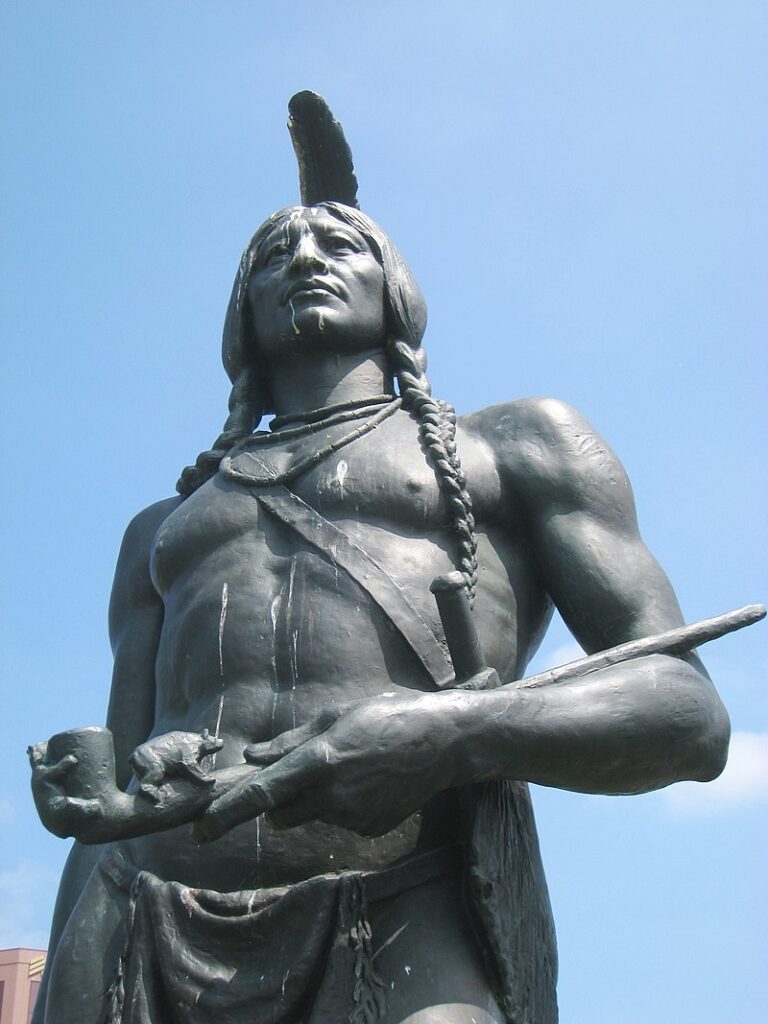Why Young Men in the US Should Pay Attention to and Advocate for the Equal Rights Amendment
July 23, 2024
By Ave Lee-Green
Thanksgiving is a day to spend time with family, eat good food, and give thanks to the people who have helped you in the past year. Although the traditional story of the first Thanksgiving includes Pilgrims settling on Plymouth Rock and celebrating the first harvest with the Wampanoag Tribe, many of the stories we have been told generation after generation are not accurate. Here are four myths about Thanksgiving and what actually happened.
Myth: Thanksgiving has been celebrated since the first feast in 1620.
Reality: Firstly, the inaugural Thanksgiving was actually held in the Fall of 1621, a year after the Pilgrims landed in the Americas. Secondly, Thanksgiving didn’t become an annual tradition until the 1800s when Sara Josepha Hale, a magazine editor, learned about the story and lobbied five US Presidents to make it an annual holiday. President Abraham Lincoln finally made Thanksgiving a federal holiday in 1863.

Myth: The Wampanoags, a Native American tribe, were welcoming and friendly towards the Pilgrims.
Reality: It wasn’t exactly a ‘friendly’ relationship; the Wampanoag leader, Ousamequin, established a connection with the Pilgrims to protect his tribe from his adversaries. The Europeans had brought new diseases to the Americas, which killed millions of Native Americans across the continent. It has also been theorized that the Native Americans were not actually formally invited to feast with the Pilgrims. Instead, Wampanoag soldiers went to investigate the celebratory gunshots they heard because they thought the Pilgrims were under attack.
Myth: The Pilgrims taught the Native Americans about Thanksgiving.
Reality: This part of the story of Thanksgiving stems from the ideas of Manifest Destiny and white savior sentiment. Before the Europeans settled in the Americas, Native Americans had rich cultures and extremely complex societies. They also already had established traditions of celebrating the first harvests and giving gratitude.
Myth: Tisquantum “Squanto”, a member of the Patuxet Tribe, learned English to help interpret between the Europeans and the Native Americans.
Reality: Although Squanto did play a key role in helping the Pilgrims after the Mayflower landed in North America, the rest of his story is less known. He was kidnapped by Englishmen in 1614 and sold into slavery in Spain. He was sold again and moved to England, where he learned English. After being returned to his tribal land in 1619, he found that everyone in his tribe had died from smallpox. His connection to the Pilgrims began in 1621, and he began interpreting out of necessity.